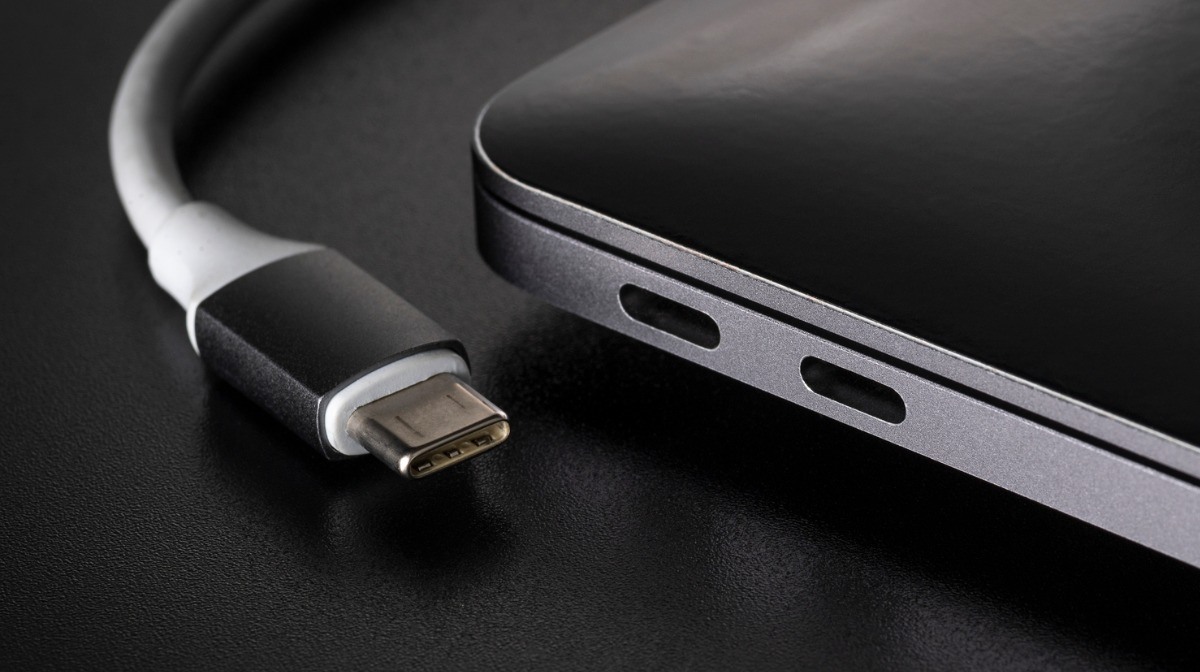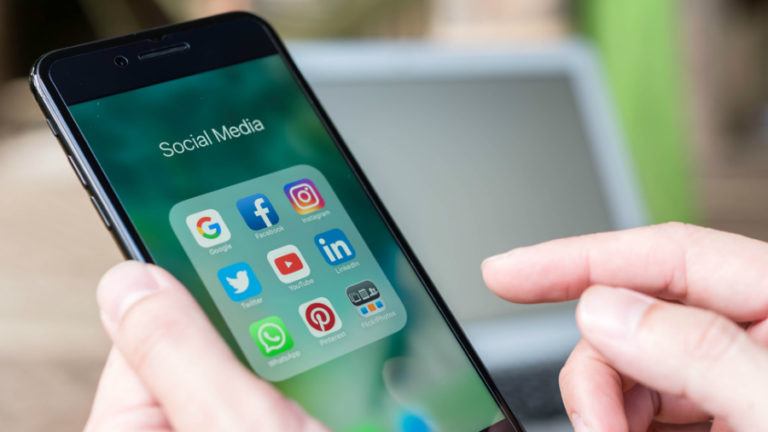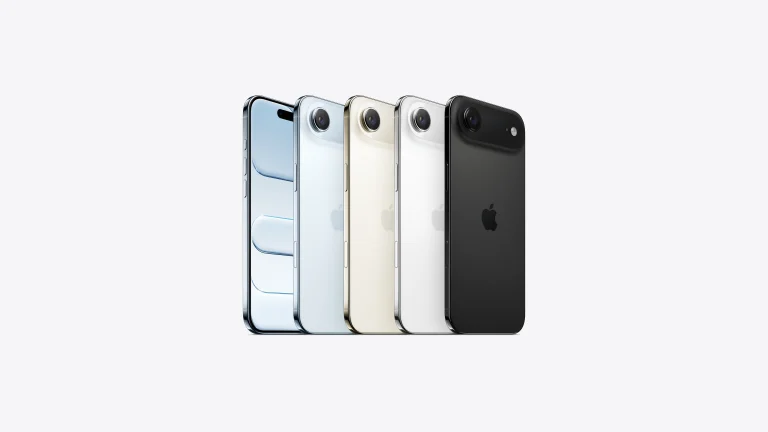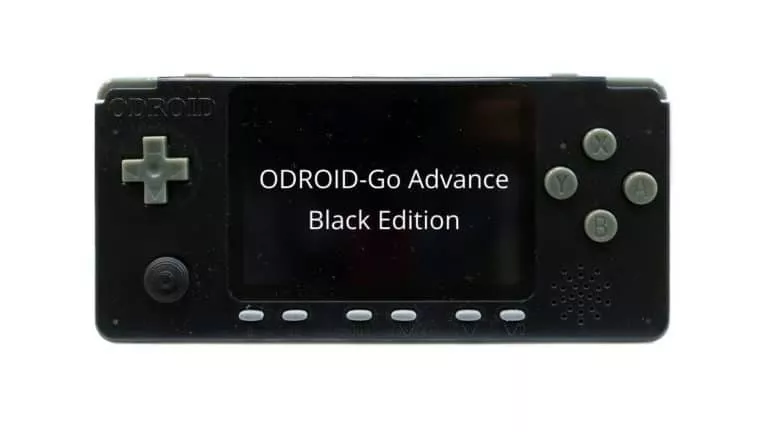USB 4 Released: Promises Transfer Speeds Of Up to 40Gbps

The next generation of Universal Service Bus has just landed in the form of USB 4, which was officially released by the USB Implementers Forum.
As we already know, the USB 4 specification is more of a remake of Intel’s Thunderbolt 3 rather than something that’s entirely new. It manages to double the transfer speeds over the existing USB 3.2 interface, reaching up to 40Gbps via two-lane operation.
USB 4 can simultaneously send data over two separate lanes, with speeds of 20Gbps on each. For comparison, USB 3.2 supports 20Gbps two-lane operation with up to 10Gbps per lane. You can use your existing Type-C cable to achieve two-lane operation but a 40Gbps certified cable is required to reach the promised speeds.
The speed is equivalent to what Thunderbolt 3 has already been providing since 2017. However, the advantage in the case of USB 4 is that it represents a platform that’s way more popular than Thunderbolt and present on virtually every consumer electronic device that exists in the market right now.
Further, USB 4 is compatible with Thunderbolt 3 which also uses the same Type-C connector. Well, of course. And it’s backward compatible with older versions, including USB 3.2 and USB 2.0.
Not just the speed, the new USB 4 specification also brings an upgraded version of the USB Power Delivery (USB-PD) extension which supports charging rates of up to 100W. USB-IF says it will reveal more details on USB4 and updated USB-PD in the coming days.
However, there is one issue that hasn’t been fixed yet – the Type C connector. While the Type-C connector offers great advantages over standard USB connector, it’s very hard to know which version of USB does it support which makes things a little bit confusing for the users. So, whether it’s a smartphone or PC, the Type-C looks the same — even when it has a different heart.
When will I get USB 4 on my computer?
The USB 4 specification is out now, but we shouldn’t expect PCs fitted with USB 4 ports to land anytime soon. Probably, we will have to wait until 2020 when we will finally be able to use these faster USB ports. Most of the devices don’t have the USB 3.2 port anyway.
Also Read: Google Officially Releases Android 10: Download Now






